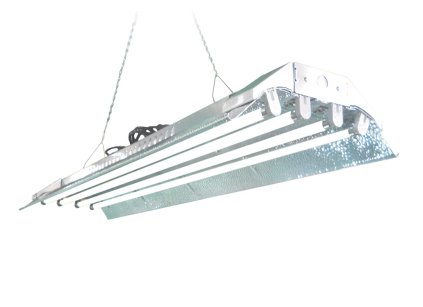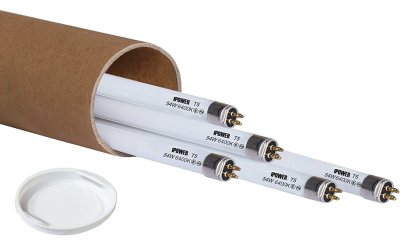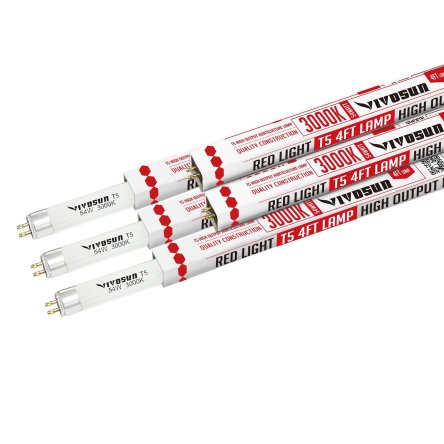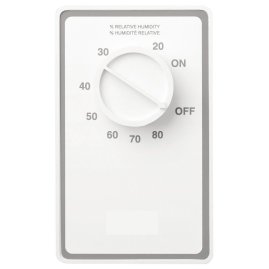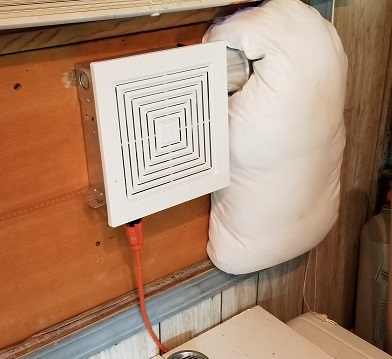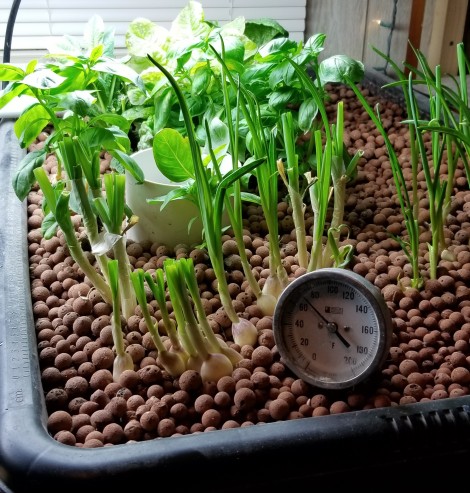
Homemade bacon. Got your attention? Store bought bacon is good, but it’s darn expensive. Homemade bacon is outstanding, it’s a lot cheaper and not hard to make.
Most ingredients for this homemade bacon recipe are stuff that you probably already have. The specialty items are:
- Pink Curing Salt
- Pork Belly
“Pink Curing Salt” is a special salt used for curing meats. It should not be eaten straight up as you will get sick. It’s ONLY for curing meat. You can get that at any spice shop or at Amazon HERE. You only need a little bit for 5 pounds of bacon so it goes a long way.
For pork belly, you may have to shop around. I looked for a while and had butchers want up to $6.00 a pound for pork belly which is just insane (some store bought bacon is cheaper!!). I get mine from a local butcher for $2.50 – $3.00 a pound, which is about right.
Here’s my recipe for homemade smoked maple bacon.
THE CURE
2 ounces kosher salt (about 1/4 cup)
2 teaspoons pink curing salt
1/4 cup maple sugar or packed dark brown sugar
1/4 cup maple syrup (use REAL maple syrup for best results. The “2% maple syrup” fake stuff just doesn’t cut it)
One 5 pound slab pork belly, skin on.
1. Combine the kosher salt, pink salt, and sugar in a bowl and mix so that the ingredients are evenly distributed. Add the maple syrup and stir to combine.
2. Rub the cure mixture over the entire surface of the pork belly. Place skin side down in a 2-gallon Ziploc bag or a glass container just slightly bigger than the meat. The pork will release water into the salt mixture, creating a brine. You want the meat to be in contact with this liquid throughout the curing process.
* Tip: If you are doing large pork bellies, use garbage bag size plastic bags (kitchen size unscented garbage bags work great) and just tie them closed. I then put the bag into a baking pan just in case a leak happens when curing in the fridge.
3. Refrigerate, turning the belly and redistributing the cure every day or two for 7 days, until the meat is firm to the touch. If it feels squishy still, let it cure for another day or two.
4. Remove the belly from the cure, rinse it thoroughly, and pat it dry. Place it on a cooling rack set over a baking sheet and dry in the refrigerator, uncovered, for 12 to 24 hours. This allows the meat to dry out slightly, making it more receptive to smoking. It will just absorb more smoke, and be more tasty, if you do this.
5. Hot-smoke the pork belly to an internal temperature of 150 degrees F. I typically use apple wood to smoke, but use what you want. Remove from the smoker or grill and let it cool slightly.
6. When the belly is cool enough to handle but still warm, cut the skin off by sliding a sharp knife between the fat and the skin, leaving as much fat on the bacon as possible (the skin should come off very easily). A slab of pork belly should have equal proportions of meat and fat.
7. Let the bacon cool, then wrap in plastic and refrigerate or freeze it until ready to use.
Yield: 4 pounds smoked, yummy slab bacon.
And in case it’s not obvious, you need to cook the bacon after you smoke it, just like the store bought stuff. The smoking process is for flavor only.
Enjoy! Start doing this and you’ll become a bacon snob like me.

